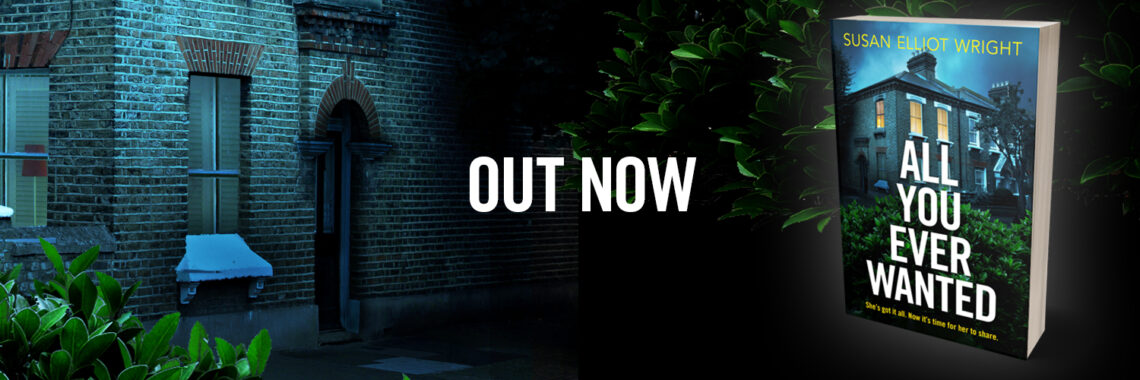The Writing Bit
We’ve had a good bit of weather in Sheffield this week. The wind’s been so strong that it tore a huge branch from an old horse chestnut tree in the park where I walk the dog, blocking the path and scattering a carpet of twigs and conkers all around. I like weather you can’t ignore, weather that reminds you that you’re alive and that nature is a force to be reckoned with. I love the excitement and intensity, the exhilaration of being caught in wind so strong that you have to hang on to a lamppost to avoid being swept into oncoming traffic, or rain so heavy that there’s no point in sheltering because you know you can’t get any wetter.
But it’s also good when it stops. The calm and relative quiet when you finally shut the door against the pandemonium of high winds; the comfort of warm, dry clothes and a rough towel for your hair after you’ve been caught in a downpour and are soaked to the skin.
I’ve found this quite helpful in thinking about the pace of a narrative, which is what I’ve been addressing in my editing sessions this week. Yes, intensity and excitement is great, but too much of it can be wearisome. By the same token, calm and quiet can be soothing, but if things are too quiet for too long, we fall asleep.
So we need to be aware of pace so that we can actively enhance it.For scenes where you need to increase the pace or tension, use more short sentences than long ones, and choose words with ‘hard’ sounds, such as: c, k, p, t, d, g, b. For example, ‘He picked up the pace. He could hear the killer behind him as he cut across the path. He stopped and turned.’
For slower, more thoughtful or romantic scenes, use longer sentences with softer sounds, such as: m,n, l, w, v, f, h, s. For example, ‘As she lay sleepily in his muscular arms, he stroked her hair softly and whispered the words she’d been longing to hear since the moment they’d first met.’
Sick bag, anyone? Dreadful clichés, I know, but you see what I mean?
The Reading Bit
I’m currently re-reading The Road Home by the wonderful Rose Tremain. This novel is a masterclass in creating sympathetic and interesting characters. The main character is so likeable that even when he does something bad later in the novel, we forgive him. We even care about the minor characters, all of whom have their own complete stories. A fine example of how sympathetic character + hardship + motivation and goals + obstacles along the way = good novel.
The Food Bit
Vegan highlight this week was sausage and mash with onion and red wine gravy. After trying various vegan sausages, I discovered the Linda McCartney ones – very acceptable indeed. The trick is not to overcook them. Make the gravy by slicing onions (one onion per two people) and frying them slowly in olive oil until they begin to caramelise. Stir in enough flour to make a paste, adding a touch more oil if necessary, and cook for a couple of minutes. Add vegetable stock, a good slosh of red wine (not all wine is suitable for vegans) and a dollop of dijon mustard. I usually stick in a couple of bay leaves and a some chopped or dried sage as well, plus a few grinds of black pepper. Salt to taste. Cook for a few minutes until thick and gorgeous, then serve with the sausages, sweet potato mash and whatever vegetables you have knocking around.
- It’s my belief that ‘some’, ‘a good slosh’, and ‘a dollop’ are perfectly reasonable units of measurement. I hope you agree! If in doubt, taste.
